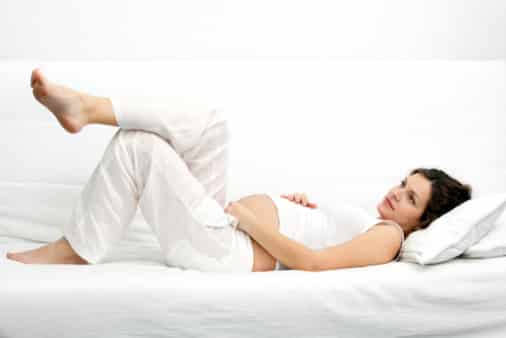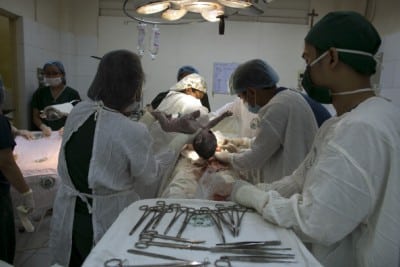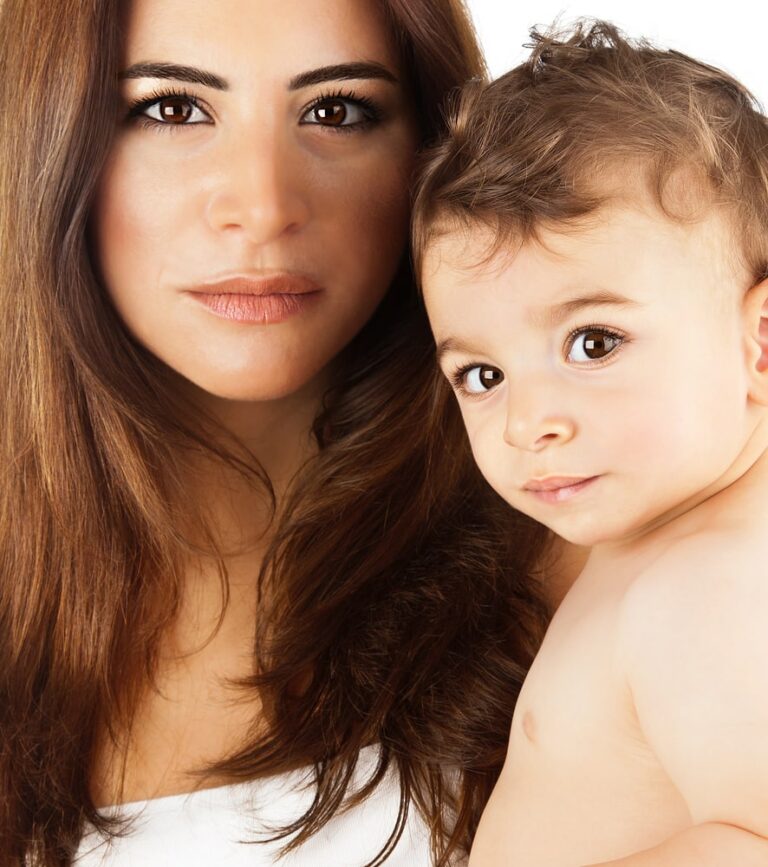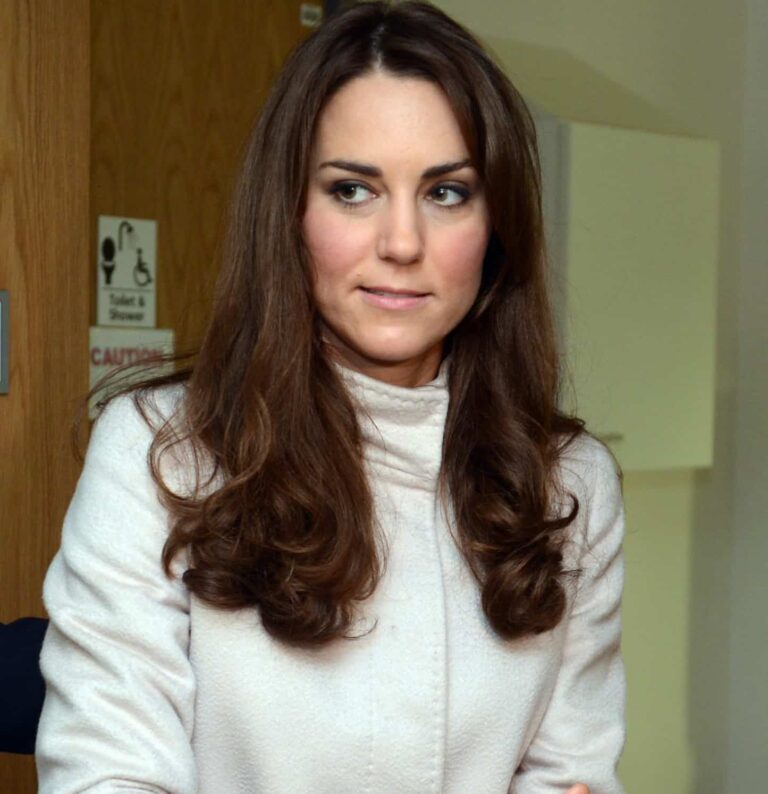Home Birth: Why The Rise In Popularity?

Home birthing is the newest parenting trend with more and more mothers opting for a certified midwife than a standard hospital birth. But the increase in popularity is largely attributed to a growing number of white women now preferring a natural birth experience.
Home births have increased 20 percent between 2004 and 2008, rising in 27 states. Montana has seen the highest climb in home birthing rates, with numbers the highest that they have ever been since 1990.
Marian F. MacDorman of the National Center for Health Statistics at the Centers for Disease Control and Prevention told CNN that the risks associated with home birthing have also declined since the 90s. She also observed:
“It might mean home birth midwives and practitioners are doing a better job of selecting low-risk women for home births.”
Home birth is only considered safe for women with low-risk pregnancies. Women who are pregnant in their 40s, weighing close to 300 pounds, with high blood pressure, or a history of diabetes are not considered good candidates for home birth.
What’s particularly striking about this observation by MacDorman is that more women than ever in the United States are delaying having their first child until their 30s, according to President Obama’s “Women in America” report. White women specifically are delaying childbirth; in 2008, 53% of white women between the ages of 25 and 29 had no children.
White women in their 30s could account for this “natural birth subculture,” as 1 in 98 white women chose to have their babies at home in 2008. To contrast, about 1 in 357 Black women gave birth at home; 1 in 500 Hispanic women gave birth at home. In response to these numbers, MacDorman commented to moneywatch.com:
“I think there’s more of a natural birth subculture going on with white women ”” an interest in a low-intervention birth in a familiar setting.”
What’s fascinating about the natural birth trend is that it serves as such a counter to the too-posh-to-push phenomenon that was so predominant in the 2000s. With one in three women in the United States now having c-sections, it will be most interesting to see how far the home birthing movement will go.





